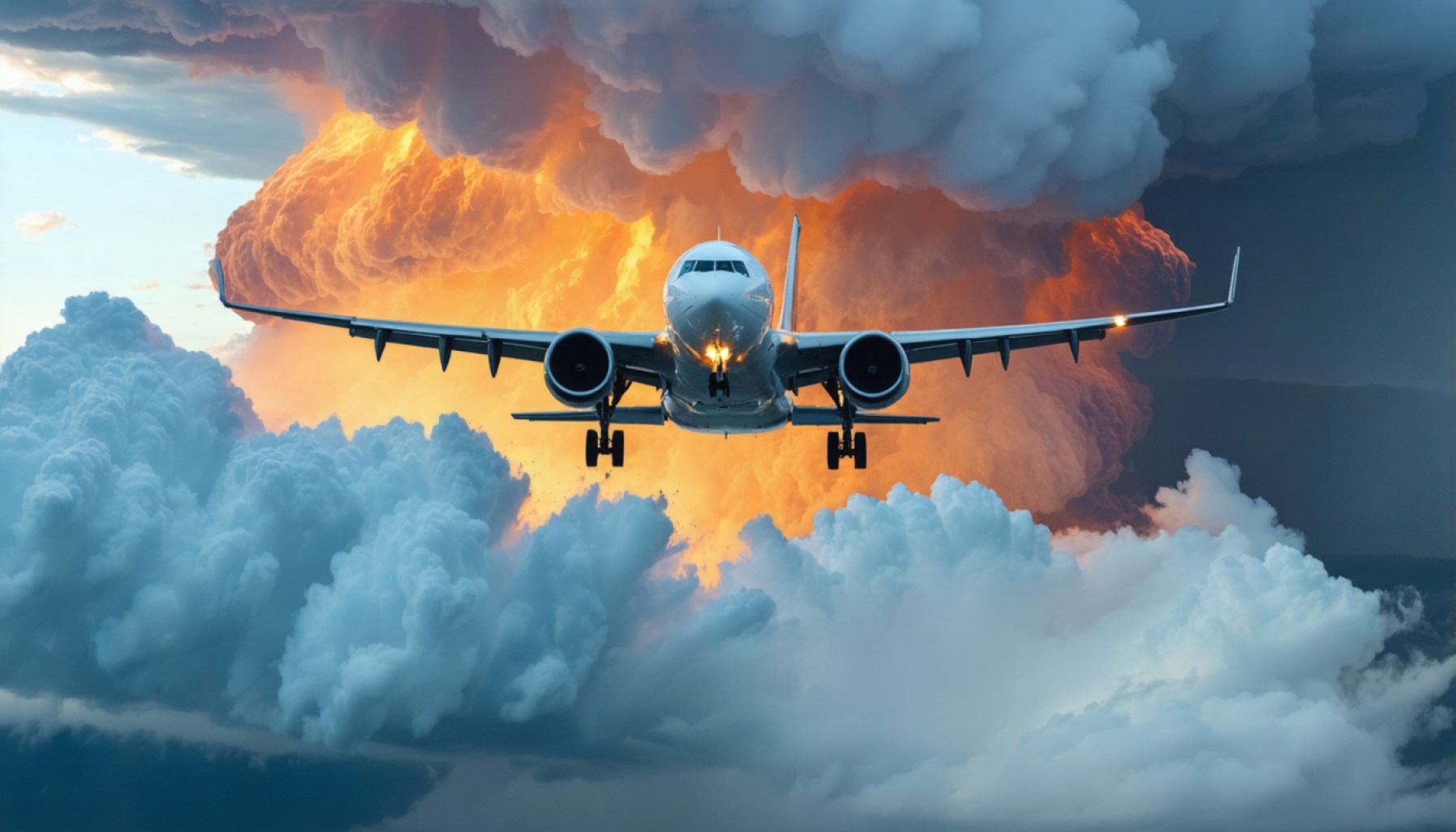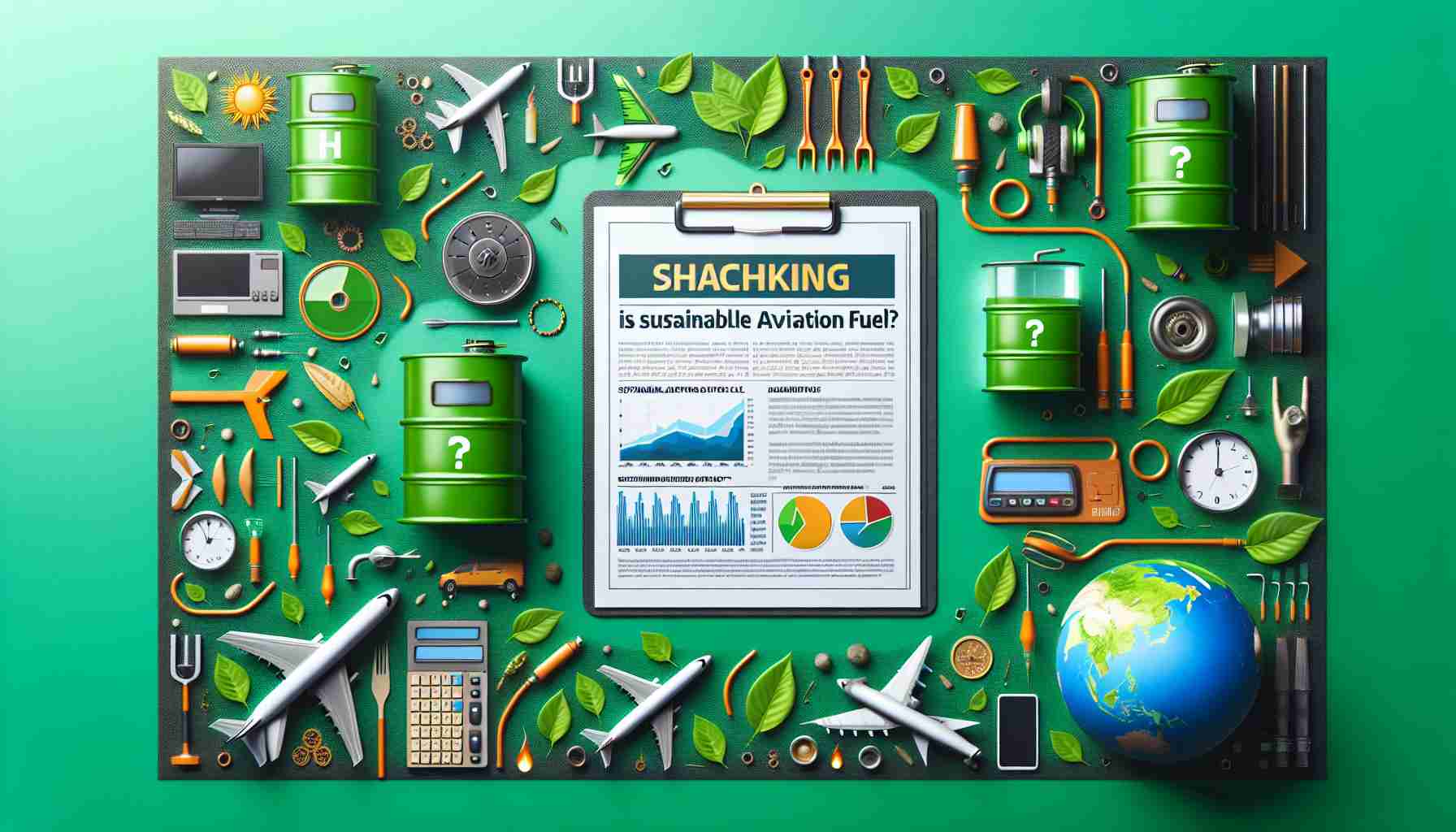- Multiple aviation incidents in North America highlight risks inherent in air travel, with recent tragedies in Arizona and Alaska.
- A miraculous escape occurred in Toronto, where a Delta jet flipped but passengers remained safe, underscoring the importance of safety protocols.
- Experts advise maintaining vigilance but not panicking, as these incidents remind us of aviation’s complex nature.
- Travelers enhance safety by paying close attention to pre-flight briefings and ensuring seatbelts are fastened.
- The FAA faces pressure to increase air traffic control staff by 20% to manage increasing demands and an aging workforce.
- Despite challenges, seasoned travelers continue to fly, relying on informed safety practices and the industry’s dedication to safety.
Just weeks after a tragic midair collision near D.C. claimed 67 lives, North American skies echo with a sequence of alarming aviation incidents. In Arizona, dual small aircraft met in a fatal dance, both pilots perishing beneath the expansive sky. Meanwhile, Toronto witnessed a miracle—an upside-down Delta jet, its passengers miraculously unharmed, thanks to quick-thinking cabin crew and strict adherence to safety protocols.
In Alaska, the tranquil wilderness bore witness to stark tragedy as a commuter plane went down, ending ten lives abruptly. Earliest in the series, Philadelphia’s wintry landscape became a grave for a medical flight, a child’s hope extinguished alongside six others.
Despite the sobering headlines, experts urge vigilance without panic. This cycle of uncanny frequency finds root in long phases of calm being occasionally disrupted by unpredictables—a reminder of aviation’s inherent complexity. As investigators scour over details, air travelers can bolster their confidence by heeding familiar safety advice: pay attention to the pre-flight briefing and never underestimate the power of a firmly fastened seatbelt.
Amidst the unease, questions surface on the sufficiency of air traffic control. The FAA faces an urgent task: bolster ranks by 20% to maintain equilibrium, a challenging ask in a sector demanding acute precision. With retirement threatening to deplete the ranks, policymakers ponder adjustments to ease pressures on a strained system.
Yet, amid the uncertainty, the sky calls. Informed judiciously and wary, seasoned travelers continue their journeys, eyes counting rows to exits, hearts steady under the ceaseless hum of engines. For some, the journey is about the seat of safety beneath a fragile metal canopy, with attentive routine forming the line between peril and miracle.
Shocking Aviation Incidents: What You Need to Know to Stay Safe in the Air
Real-World Use Cases
In the world of aviation, safety is paramount. The recent spate of incidents highlights the importance of understanding safety protocols and the systems in place to protect passengers. For instance, the remarkable survival of passengers on the upside-down Delta jet in Toronto demonstrates the effectiveness of emergency training and adherence to safety procedures. Travelers should always pay attention to safety briefings and understand the location and operation of emergency exits.
Market Forecasts & Industry Trends
The aviation industry faces persistent pressure to keep up with increasing air travel demand while maintaining safety standards. The need for hiring more air traffic control personnel underscores the current strain on the system. The FAA’s plan to increase its workforce by 20% is reflective of a broader trend where infrastructure expansion is necessary to cater to growing passenger numbers and ensure optimized flight management. The industry is also exploring advancements in technology, such as automated systems, to assist air traffic controllers.
Reviews & Comparisons
When it comes to airlines, safety records are often as essential to travelers as cost and service quality. Airlines with strong safety records often win customer trust. It is crucial to compare airlines based on not only ticket prices but also their safety and operational efficiency. Consumer reports and airline safety rankings from credible sources can provide valuable insights into which airlines prioritize passenger safety.
Controversies & Limitations
Despite technological advancements, aviation incidents can still occur due to human error, mechanical failure, or unforeseen circumstances. The recent incidents renew discussions around pilot training, aircraft maintenance standards, and air traffic control efficacy. There’s a debate on balancing automation with human oversight to mitigate errors and potential disasters.
Features, Specs & Pricing
While specifics on pricing and features can vary tremendously across different airlines and aircraft types, consumers should be aware of how these differences can impact safety and comfort. For example, newer aircraft models often come equipped with advanced safety features, such as improved avionics systems and more robust materials, which might influence passenger decisions despite their being potentially more costly.
Security & Sustainability
Aviation sustainability and security continue to be top priorities. As travel resumes post-pandemic, airlines are investing in more sustainable practices, including fuel-efficient aircraft and carbon offset programs. Security protocols have also evolved to address emerging threats, ensuring passenger safety inside and outside the aircraft.
Pros & Cons Overview
Pros:
– Stringent safety protocols and emergency training can save lives.
– New technology and systems continue to enhance aviation safety.
– Investments in air traffic control improvements are underway.
Cons:
– Limited capacity in air traffic control workforce may lead to stress on the system.
– Aging infrastructure and fleets may pose risks if not regularly updated.
– Incidents, though statistically low, still impact public perception of air travel safety.
Actionable Recommendations
1. Stay Informed: Always listen to the safety briefing on flights, and familiarize yourself with exit locations.
2. Choose Wisely: Consider airline safety records when booking flights (resources: AirlineRatings.com, Skytrax).
3. Belt Up: Statistics show seat belts can protect you from more severe injuries during unexpected turbulence or incidents.
4. Stay Calm: Remember that flying is statistically one of the safest modes of transportation. Understanding the processes and safety measures in place can help alleviate fears.
For more insights on airline safety and industry updates, visit FAA.
Stay informed and travel safely!



